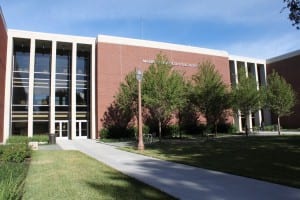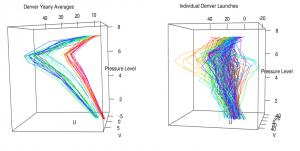The Tom Bratcher Memorial Lecture was founded to honor Professor Tom Bratcher, a Baylor professor who passed away unexpectedly in the fall of 2011. He was instrumental in founding the Department of Statistical Science in 2004 at Baylor and also for establishing the Conference of Texas Statisticians, which has now been running annually for almost 40 years. This marks the fourth lecture named in his honor since his death. The goal of the lecture series is to bring to campus internationally and nationally recognized scholars in the field of statistics who are known for bringing clarity to difficult concepts and whose research is of interest to Baylor at large.
Raymond Carroll is one of the foremost statisticians of our generation with over 450 papers published in peer-reviewed journals. He has been the editor for some of the top academic journals in statistics and has been funded through multiple agencies including NSF, the National Cancer Institute, and the National Institute for Environmental Health. He is the director of both the Bioinformatics Training Program and the Institute for Applied Mathematics and Computational Science at Texas A&M University. He is a Distinguished Professor in the Department of Statistics and the Department of Nutrition and Toxicology at Texas A&M University. Given that several of the faculty in our department have been connected with Professor Carroll, either as a personal mentor or by interest in his groundbreaking work, he was a natural choice for the 2018 speaker.







